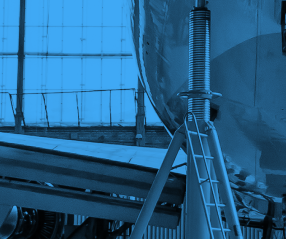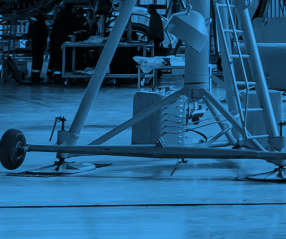The Turbulence Aware data resource has been launched by the International Air Transport Association (IATA) in order to help airlines avoid turbulence when planning routes tactically in flight. Turbulence Aware augments an airline’s ability to forecast and avoid turbulence by pooling and sharing (in real time) turbulence data generated by participating airlines.
Airlines nowadays rely upon pilot reports and weather advisories to mitigate the impact of turbulence on their operations. Although these tools are effective, they come with limitations due to the fragmentation of the data sources, inconsistencies in the level and quality of information available, and the locational imprecision and the subjectivity of the observations.
For example, there is no standardised scale for the severity of turbulence that a pilot may report other than a light, moderate or severe scale, which becomes very subjective among different-sized aircraft and pilot experience.
The industry’s capabilities are improved by Turbulance Aware, which collects data from multiple contributing airlines, followed by a rigorous quality control. Then the data is consolidated into a single, anonymised, objective source database which is accessible to participants. Turbulence Aware data is turned into actionable information when fed into an airline’s dispatch or airborne alerting systems. The result is the first global, real-time, detailed and objective information for pilots and operations professionals to manage turbulence.
“Turbulence Aware is a great example of the potential for digital transformation in the airline industry. The airline industry has always cooperated on safety—its number one priority. Big data is now turbocharging what we can achieve. In the case of Turbulence Aware, the more precise forecasting of turbulence will provide a real improvement for passengers, whose journeys will be even safer and more comfortable,” said Alexandre de Juniac, IATA’s Director General and CEO.
Managing turbulence is becoming more and more challenging as climate change continues to impact weather patterns, having implications for both safety and efficiency of flight.














